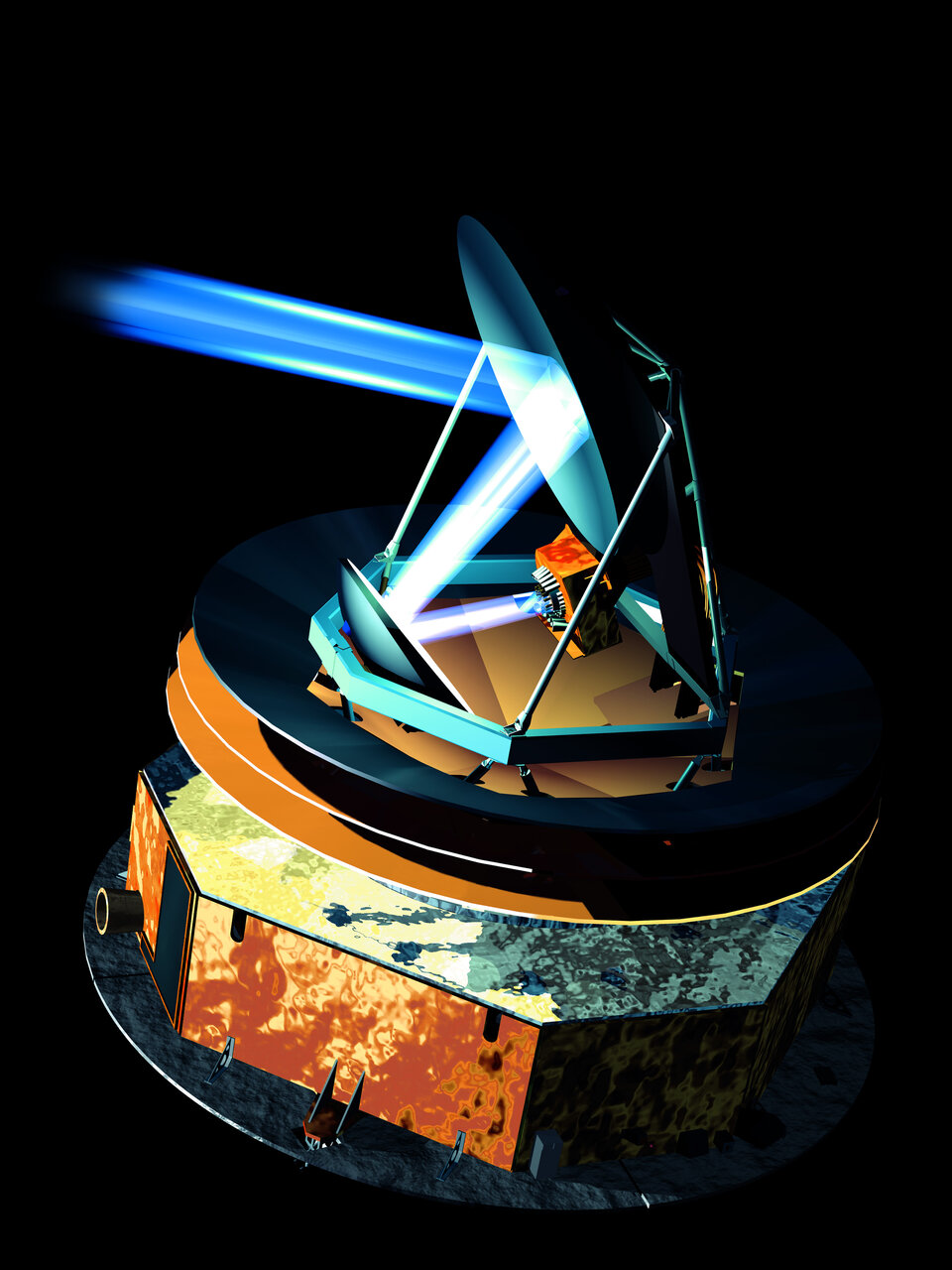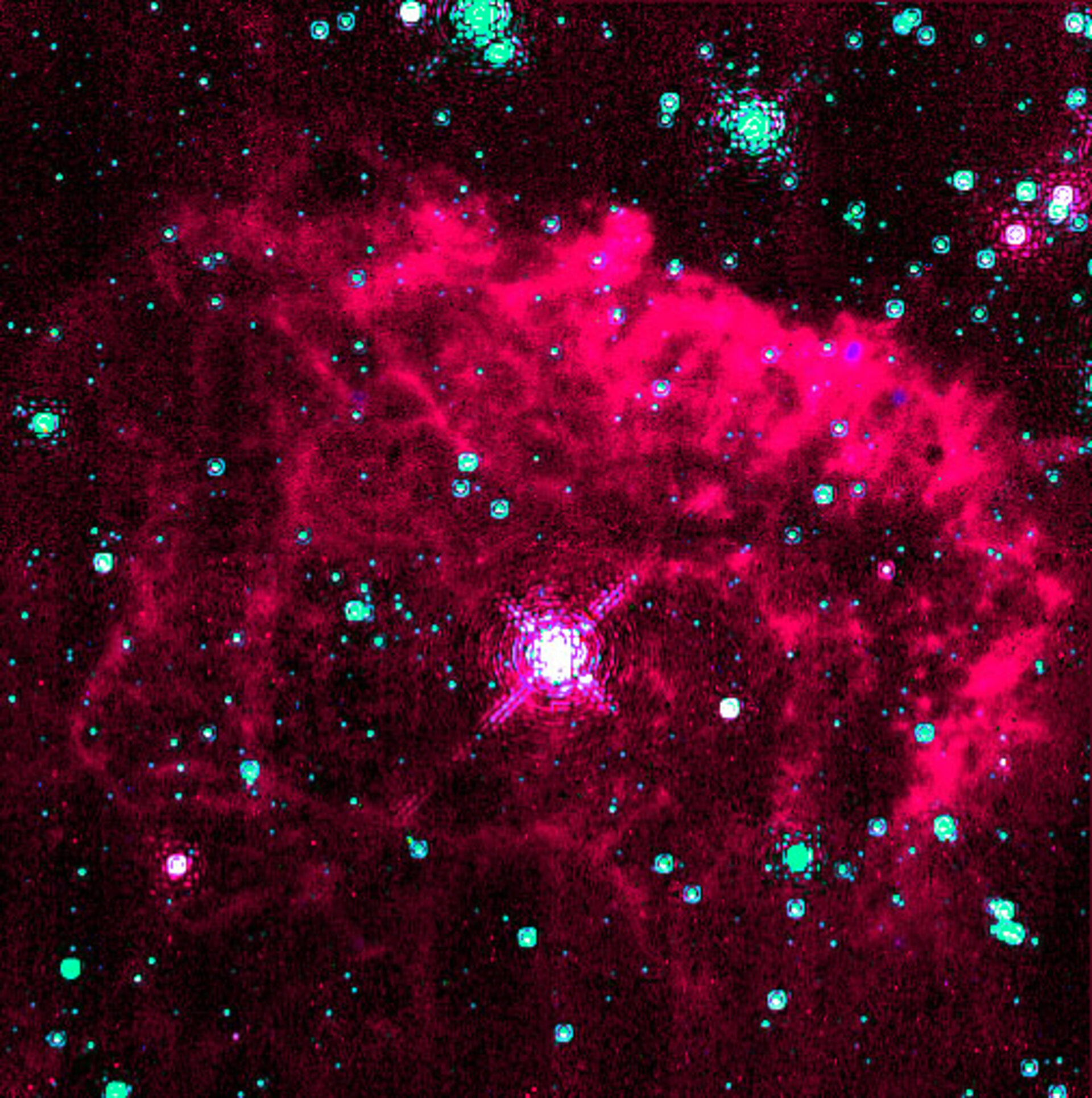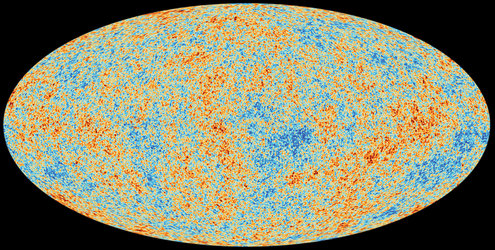Travelling back in time
Every time you look at the sky, you travel back in time... in a sense.
When you look at a star which is 100 000 light-years away, you see it as it was 100 000 years ago. Its light has needed all that time to get to your eyes.
So what does this star look like ‘now’? There is no way to know, unless you wait 100 000 years for when the light emitted at that moment will reach the Earth (but then it won't be ‘now’ anymore!).
The Sun is a closer example. The Sun is about 150 million kilometres away from the Earth, and the speed of light is about 300 000 kilometres per second. So the light coming from the Sun needs about eight minutes to reach the Earth. The result is that every time you look at the Sun, you see it as it was eight minutes ago.

The same rule has to be applied to all other radiation we can detect and, in particular, the Cosmic Microwave Background (CMB) radiation that ESA's Planck satellite will study.
The CMB is the cooled remnant of the first light that could ever travel freely throughout the Universe. This 'fossil' radiation, the furthest that any telescope can see, was released soon after the 'Big Bang', probably only 300 000 years after.
The Big Bang happened about 15 000 million years ago. This means that the CMB radiation has needed as many thousands of millions of years to reach the Earth, and when we observe it we are seeing the Universe as it was only 300 000 years after the Big Bang.
ESA's Planck mission, due for launch in 2007, will detect this first light, which carries information about our past and future. By observing the 'oldest' detectable radiation, Planck will be seeing the Universe as it was almost at its origin.















 Germany
Germany
 Austria
Austria
 Belgium
Belgium
 Denmark
Denmark
 Spain
Spain
 Estonia
Estonia
 Finland
Finland
 France
France
 Greece
Greece
 Hungary
Hungary
 Ireland
Ireland
 Italy
Italy
 Luxembourg
Luxembourg
 Norway
Norway
 The Netherlands
The Netherlands
 Poland
Poland
 Portugal
Portugal
 Czechia
Czechia
 Romania
Romania
 United Kingdom
United Kingdom
 Slovenia
Slovenia
 Sweden
Sweden
 Switzerland
Switzerland



























